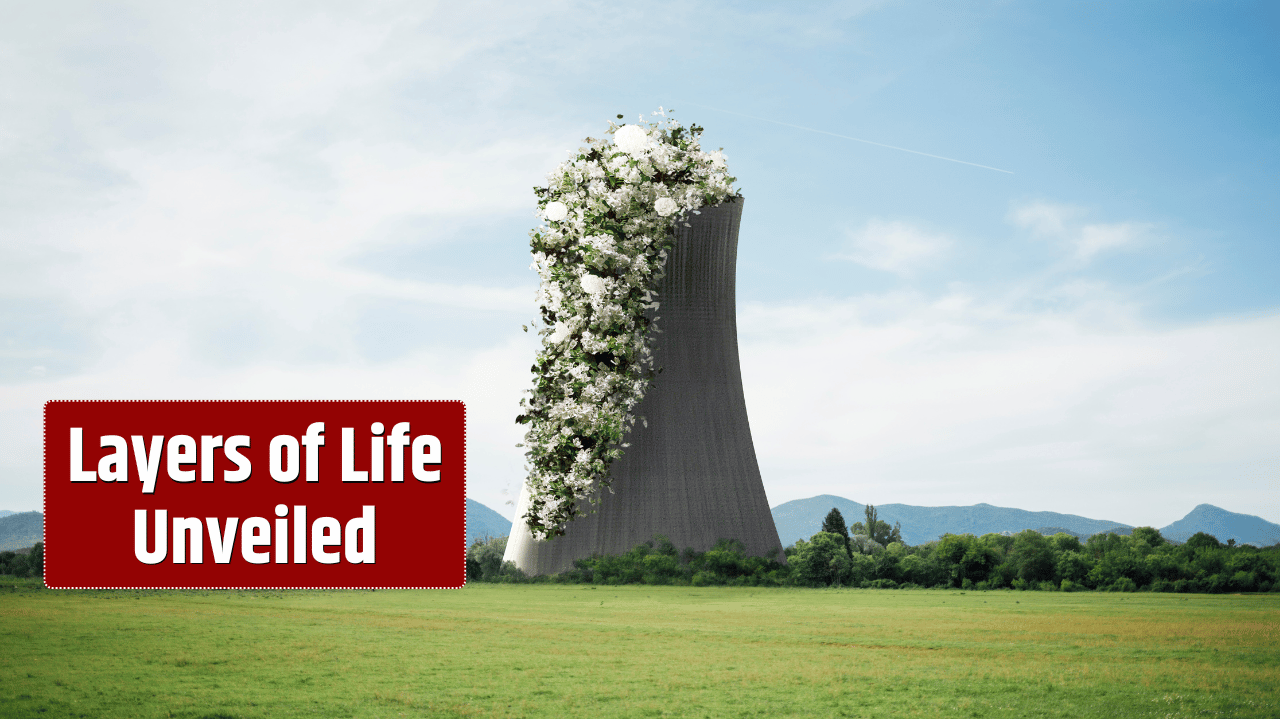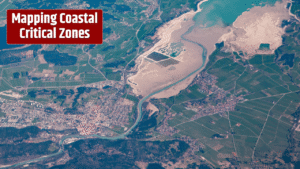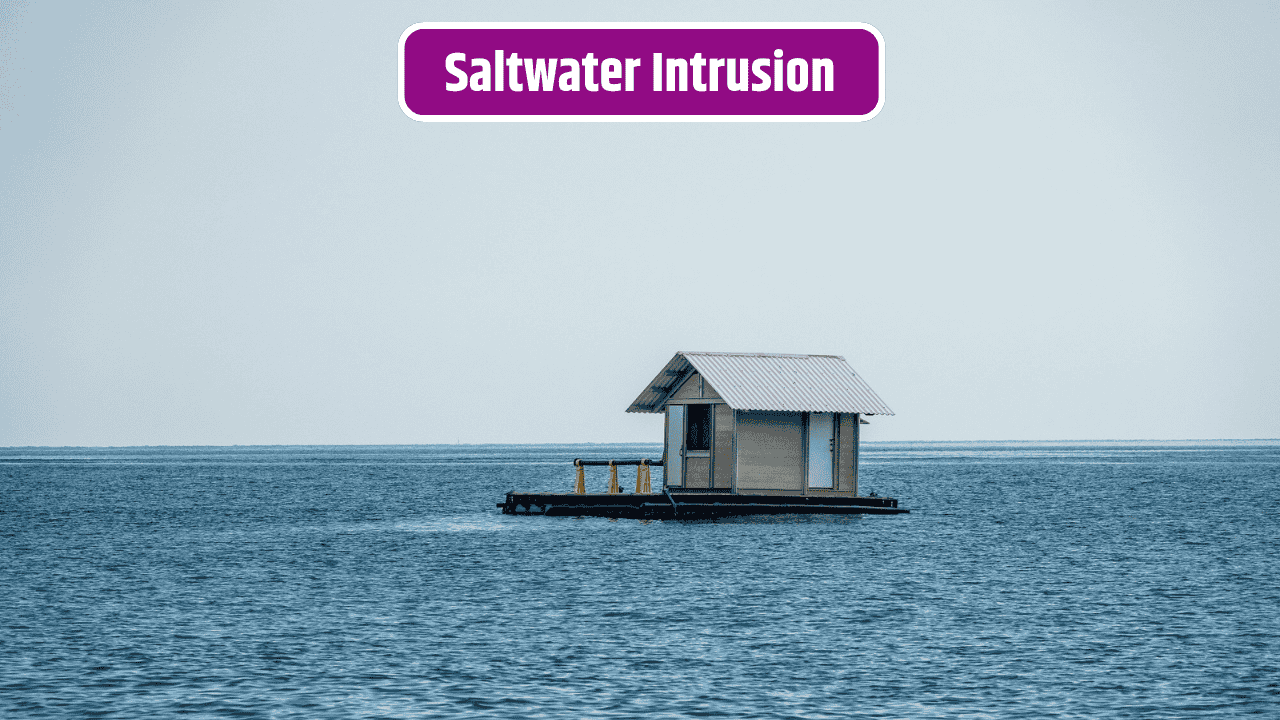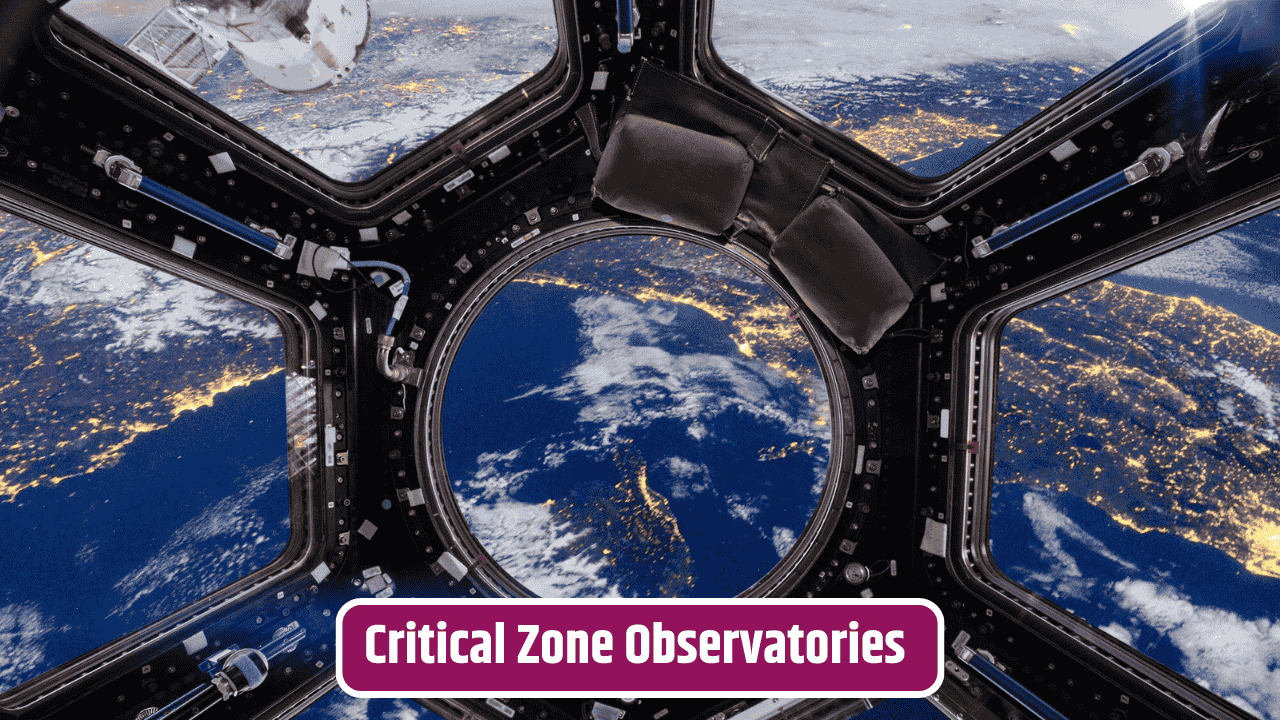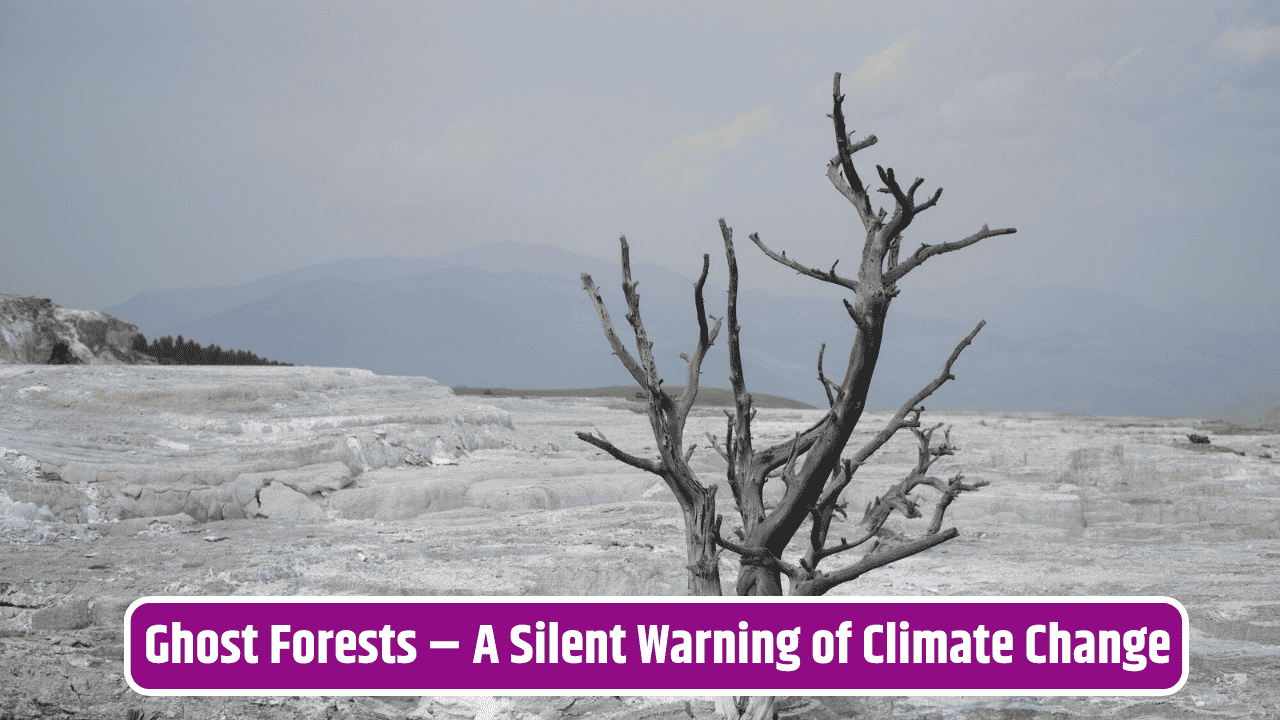Most of us walk through life without giving a second thought to the ground we step on or the trees shading our heads. Yet between the bedrock underfoot and the treetops above lies one of the most complex, life-sustaining systems on Earth: the Critical Zone. It’s the thin, dynamic layer where rock, soil, water, air, and living things interact. Without it, there’s no fresh water, no food, no forests, and honestly, no chance for us to survive.
Table of Contents
What Is the Critical Zone?
Scientists coined the term “Critical Zone” to describe this fragile band of Earth stretching from the lower boundary of groundwater all the way up to the tree canopy. Think of it as the planet’s life-support system—a zone where geology, biology, and chemistry come together in one massive, interconnected machine.
It’s thin compared to Earth’s size, yet it manages to host ecosystems, regulate climate, and recycle nutrients. The beauty of it lies in its complexity: every layer, from soil microbes to tree leaves, is connected.
The Layers of the Critical Zone
You can imagine the Critical Zone as a vertical column that moves from deep underground to the sky. Here’s a breakdown of its main parts:
| Layer | What It Includes | Why It Matters |
|---|---|---|
| Bedrock | Solid rock at the bottom, slowly weathering | Releases minerals that feed soil and plants |
| Weathered Rock | Broken-down bedrock, forming the base of soil | Foundation for soil development and water storage |
| Soil | Minerals, organic matter, microbes, roots | Supports agriculture, stores carbon, filters water |
| Groundwater Zone | Water moving through pores and fractures | Supplies drinking water and irrigation |
| Root Zone | Network of plant roots and fungi | Transfers nutrients and stabilizes soil |
| Surface Ecosystems | Plants, animals, microbes on the ground | Drive nutrient cycles, provide food and habitat |
| Canopy/Treetops | Upper layer of vegetation | Influences water cycle, climate regulation, and biodiversity |
Each layer plays its role, but none works in isolation. The water filtering through soil carries minerals from rock, which plants then use to grow, which in turn feeds animals and humans. Everything is stitched together in a continuous cycle.
Why Scientists Care So Much
The Critical Zone is not just a scientific curiosity—it’s essential for our future. Soil formation takes thousands of years, yet human activity can strip it away in decades. Groundwater recharge is slow, but unsustainable pumping can drain aquifers within a single generation.
This is why the U.S. Geological Survey and the National Science Foundation have invested in Critical Zone Observatories, networks of research sites studying these processes in detail. From forests in Pennsylvania to deserts in Arizona, scientists are mapping how water, nutrients, and life flow through this zone.
How It’s Changing in a Warming World
Climate change and human activity are already putting the Critical Zone under stress. Deforestation thins out canopies, urban sprawl paves over soil, and intensive farming depletes nutrients. Add in extreme weather—droughts, floods, heatwaves—and the entire system is shifting faster than scientists expected.
For instance, the EPA warns that rising temperatures accelerate soil degradation, while unpredictable rain patterns erode topsoil and disrupt water cycles. Permafrost zones are thawing, releasing greenhouse gases trapped in frozen soil for centuries. It’s a fragile balance, and it’s tipping.
How We Depend on It Every Day
Every sip of clean water, every loaf of bread, every breath of fresh air owes something to the Critical Zone. Farmers rely on fertile soils. Cities rely on clean aquifers. Forests rely on nutrient cycling. And globally, the carbon stored in soil helps stabilize the climate.
It’s easy to overlook because it works quietly, beneath our feet and above our heads. But once it breaks down—when soil erodes, groundwater is polluted, or forests are cleared—the costs ripple outward into food prices, water shortages, and climate instability.
Can We Protect It?
Yes, but it requires a shift in mindset. Instead of treating land and water as endless resources, we need to see them as fragile systems. Solutions include regenerative agriculture, reforestation, protecting wetlands, and smarter urban planning. Even simple actions like reducing chemical use in gardens, conserving water, or supporting sustainable food systems matter.
Protecting the Critical Zone is like maintaining the roof and foundation of your house. Ignore it too long, and the whole structure fails.
FAQs
Why do scientists call it the “Critical Zone”?
Because it’s the Earth layer that sustains almost all terrestrial life—it’s “critical” for survival.
How deep does the Critical Zone go?
It varies but generally stretches from the canopy tops down through soil and into the lower groundwater.
What’s the role of bedrock in the Critical Zone?
Bedrock slowly weathers, releasing minerals that feed soil fertility and influence water chemistry.
How long does it take for soil to form?
It can take hundreds to thousands of years to build just a few inches of fertile soil.
What’s the biggest human impact on the Critical Zone?
Deforestation, unsustainable farming, and urbanization—all of which degrade soil and disrupt water cycles.

